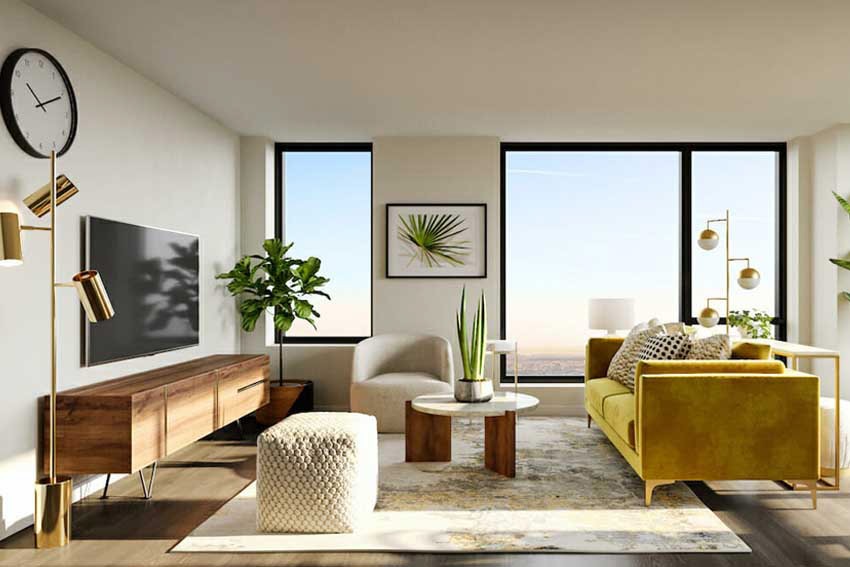
Greening Spaces: Unveiling the Pioneers of Sustainable Interior Design
Sustainable interior design is not just a trend; it’s a commitment to creating spaces that prioritize environmental responsibility without compromising on style and functionality. In the realm of interior design, a wave of innovative professionals is leading the charge, bringing sustainability to the forefront of their practice.
The Essence of Sustainable Interior Design: A Holistic Approach
Sustainable interior designers embrace a holistic approach that considers the environmental impact of every design decision. From material choices to energy-efficient solutions, these pioneers aim to reduce the ecological footprint of interior spaces. The essence lies in creating beautiful, functional designs that tread lightly on the planet.
Material Innovation: Choosing Eco-Friendly Elements
At the core of sustainable interior design is the careful selection of materials. Designers are turning to eco-friendly options such as recycled, upcycled, or rapidly renewable materials. From reclaimed wood flooring to recycled metal fixtures, these choices not only contribute to sustainability but also add a unique, characterful touch to spaces.
Energy Efficiency in Design: Illuminating the Path Forward
Sustainable interior designers are at the forefront of integrating energy-efficient solutions into their projects. From selecting energy-efficient appliances to designing spaces that maximize natural light and ventilation, these professionals prioritize reducing energy consumption. This commitment not only benefits the environment but also translates into long-term cost savings for homeowners.
Indoor Air Quality: Nurturing Health Through Design
The health of occupants is a paramount concern for sustainable interior designers. They focus on improving indoor air quality by choosing low-VOC (volatile organic compound) paints, finishes, and furnishings. By prioritizing clean air, these designers create spaces that contribute to the overall well-being of those who inhabit them.
Adaptability and Longevity: Designs for Timelessness
In a world where fast-paced trends often dominate, sustainable interior designers opt for designs that stand the test of time. Creating spaces with timeless appeal and adaptable features reduces the need for frequent renovations or replacements. This emphasis on longevity contributes to a more sustainable approach to interior design.
Local Sourcing and Artisanal Craftsmanship: Fostering Community Ties
Sustainable interior designers often prioritize local sourcing of materials and engage in collaborations with local artisans. By doing so, they support local economies and reduce the carbon footprint associated with transportation. This commitment to community ties is not only sustainable but also adds a personal touch to each project.
Waste Reduction Strategies: Minimizing the Environmental Impact
Minimizing waste is a key tenet of sustainable interior design. Designers incorporate strategies such as recycling, upcycling, and repurposing materials to divert waste from landfills. This mindful approach to waste reduction not only benefits the environment but also sparks creativity in finding new uses for discarded items.
For those seeking the expertise of Sustainable Interior Designers, visit LifeHealthHomeMadeCrafts.com. Discover how these pioneers can transform your living spaces into eco-friendly havens that prioritize sustainability without compromising on style. Let the experts guide you towards a greener, more conscious approach to interior design, where every choice contributes to a healthier planet.










